![图片[1]-Aerial Photography Drone for Astrophotography and Star Trails: Capturing Cosmic Wonders from Above-msoen](https://www.msoen.com/wp-content/uploads/2025/05/75425ed3a4003252-768x1024.png)
The night sky has long inspired photographers, but capturing crisp astrophotography and mesmerizing star trails often requires specialized tools. An aerial photography drone designed for astrophotography combines advanced stabilization, low-light sensitivity, and precision navigation to unlock breathtaking views of galaxies, constellations, and star trails. This article explores how these drones revolutionize night sky imaging, their technical advantages, and tips for maximizing their potential—optimized for search engines to help photographers and enthusiasts find the perfect solution.
![图片[2]-Aerial Photography Drone for Astrophotography and Star Trails: Capturing Cosmic Wonders from Above-msoen](https://www.msoen.com/wp-content/uploads/2025/05/2f973f84e1003235-768x1024.png)
Why Drones Excel at Astrophotography and Star Trails
Traditional ground-based astrophotography faces challenges like light pollution, terrain obstructions, and camera shake. Drones eliminate these barriers by:
- Elevated Perspectives: Avoid light pollution from cities and capture unobstructed views of the Milky Way or meteor showers.
- Stability in Low Light: Advanced gimbals and anti-vibration systems minimize blur during long exposures.
- Versatility: Fly to remote locations (e.g., mountains, deserts) for pristine night skies.
For photographers, this means capturing celestial phenomena with unprecedented clarity and creativity.
![图片[3]-Aerial Photography Drone for Astrophotography and Star Trails: Capturing Cosmic Wonders from Above-msoen](https://www.msoen.com/wp-content/uploads/2025/05/16ad965fbd003223-1024x683.png)
Key Features of a Night-Sky Optimized Drone
- Low-Light Performance
- Full-Frame Sensor: Larger sensors capture more light, revealing faint stars and nebulae in minimal darkness.
- High ISO Range: Up to 3200+ ISO with minimal noise, ideal for moonless nights.
- Starlight Mode: Dedicated settings optimize shutter speed, aperture, and white balance for astrophotography.
- Precision Stabilization
- 3-Axis Gimbal: Stabilizes the camera even during windy conditions or slow pans to track star trails.
- Gyroscopic Dampening: Reduces vibrations from the drone’s motors for sharper long-exposure shots.
- Automated Flight Modes
- Star Trails Automation: Pre-programmed paths that mimic Earth’s rotation, creating seamless star trail patterns.
- Orbital Flight: Circle a subject (e.g., a tree, landmark) while pointing the camera upward for dynamic compositions.
- Obstacle Avoidance
- Time-of-Flight Sensors: Navigate dark environments safely, avoiding trees, buildings, or power lines.
![图片[4]-Aerial Photography Drone for Astrophotography and Star Trails: Capturing Cosmic Wonders from Above-msoen](https://www.msoen.com/wp-content/uploads/2025/05/514d0503b0002436-683x1024.png)
Applications for Astrophotography Drones
- Capturing Star Trails
- Time-Lapses: Automate circular flights to create 360-degree star trail videos.
- Single-Shot Star Trails: Use in-camera stacking to blend multiple exposures into a single image.
- Galactic Photography
- Milky Way Over Landmarks: Frame the galaxy behind mountains, deserts, or ancient ruins.
- Nebula Details: Zoom in on regions like Orion’s Belt or the Andromeda Galaxy with telephoto lenses.
- Meteor Showers and Eclipses
- Dynamic Shots: Track meteor streaks or lunar eclipses with real-time adjustments.
- Time-Lapse Sequences: Document celestial events over hours or days.
![图片[5]-Aerial Photography Drone for Astrophotography and Star Trails: Capturing Cosmic Wonders from Above-msoen](https://www.msoen.com/wp-content/uploads/2025/05/d8182e4956003036-768x1024.png)
How to Optimize Your Drone for Night Sky Imaging
- Pre-Plan Locations: Use apps like PhotoPills or PlanIt to find dark sky areas with minimal light pollution.
- Adjust Settings:
- Shutter Speed: 15-30 seconds for star trails; 2-5 seconds for sharp Milky Way shots.
- Manual Focus: Infinity focus with live view magnification to ensure crisp stars.
- Battery Management: Use drones with dual batteries for extended shoots (2+ hours).
Challenges and Solutions
- Light Pollution: Fly at least 30 miles from cities or use ND filters to balance artificial light.
- Battery Life: Optimize flight paths to minimize hovering and prioritize straight-line shots.
- Weather: Avoid humidity or high winds, which degrade image quality and destabilize drones.
The Future of Night-Sky Drones
Emerging technologies promise even greater capabilities:
- AI-Powered Sky Tracking: Automatically adjust camera angles to follow celestial movements.
- Infrared/UV Sensors: Capture hidden details like nebulae invisible to the naked eye.
- Swarm Photography: Coordinate multiple drones to create 3D star trail mosaics.
Conclusion
An aerial photography drone for astrophotography and star trails is a game-changer for capturing the cosmos. By combining low-light performance, automated flight modes, and robust stabilization, these drones empower photographers to transcend traditional limitations and create awe-inspiring visuals. Whether documenting the Milky Way or designing cinematic star trail sequences, this technology turns night skies into boundless canvases.
FAQs
- Can I use any drone for astrophotography?
No—look for models with manual controls, long exposure modes, and anti-vibration gimbals. - How do I reduce noise in low-light photos?
Use slower shutter speeds, higher ISO settings, and post-processing software like Topaz DeNoise. - Are drones allowed in national parks for night photography?
Regulations vary—check local laws, as many parks restrict drone use at night.


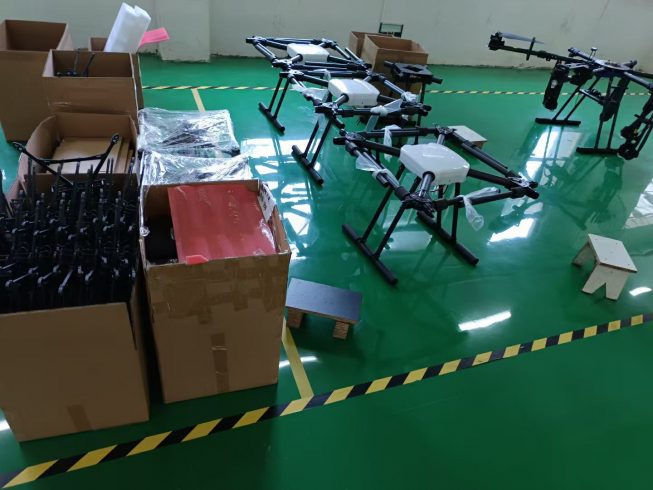
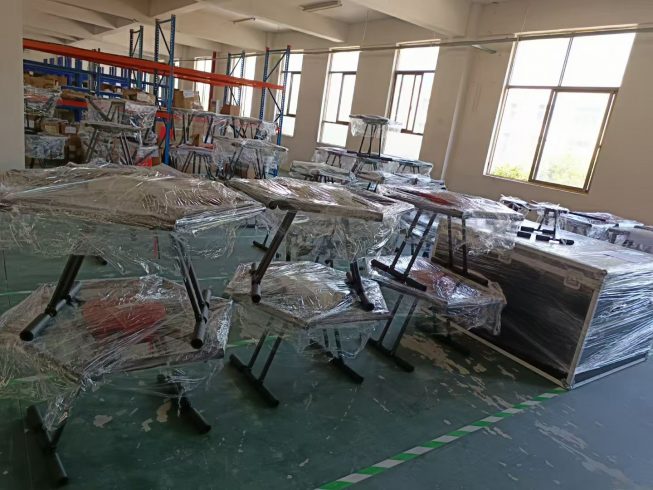

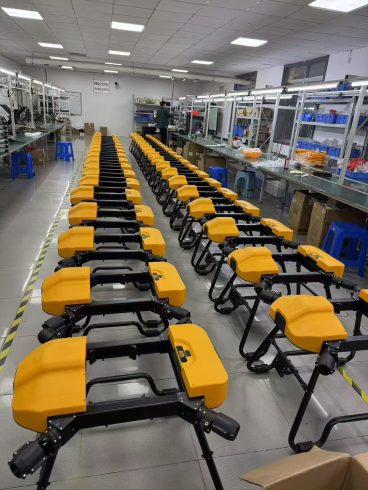
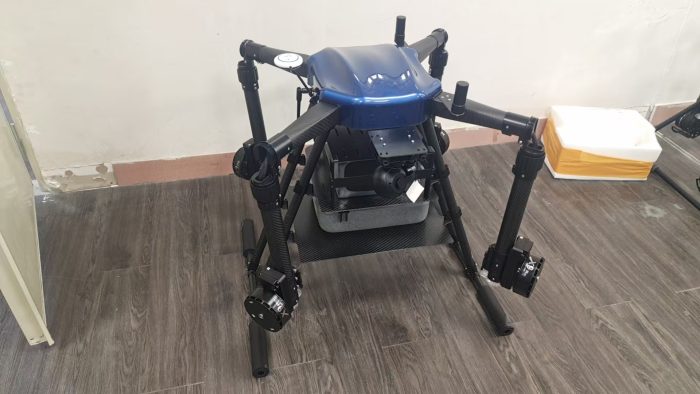

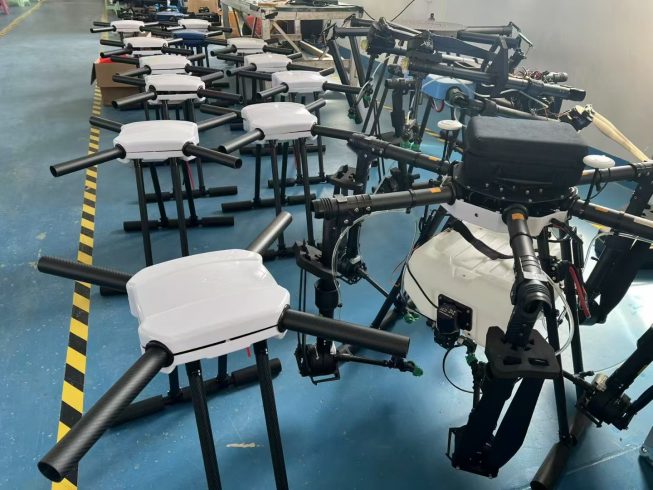
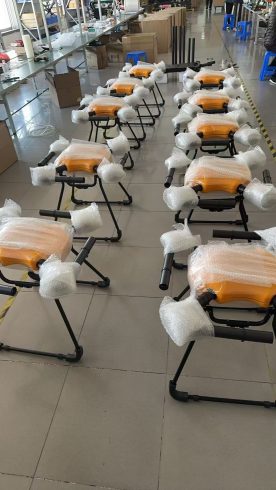
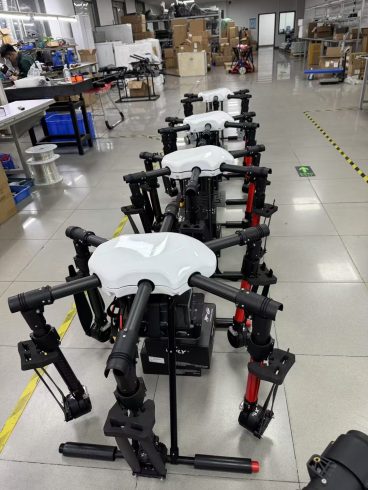
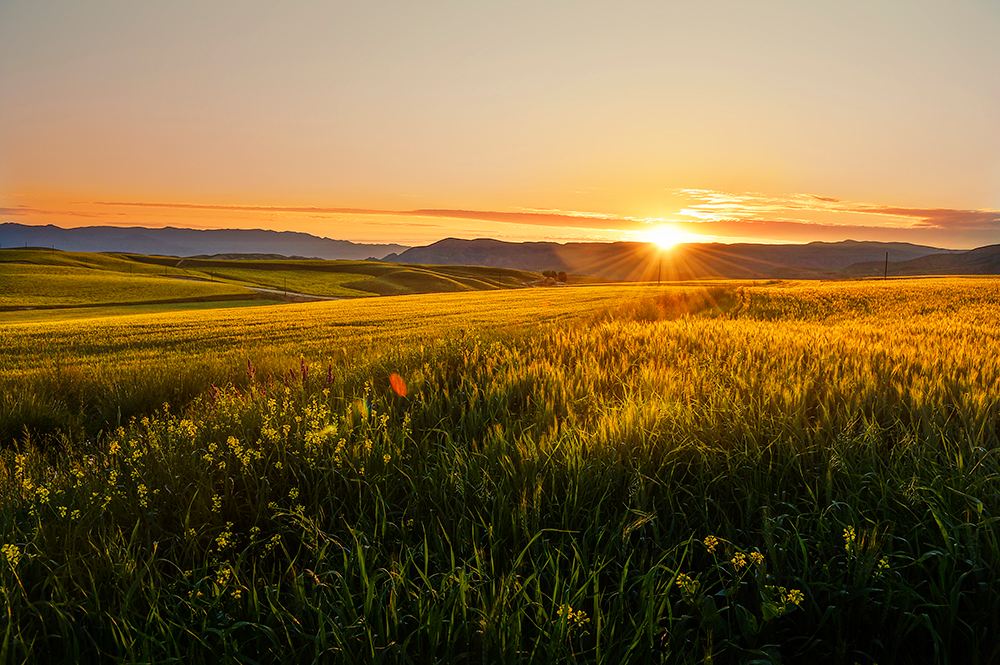
暂无评论内容